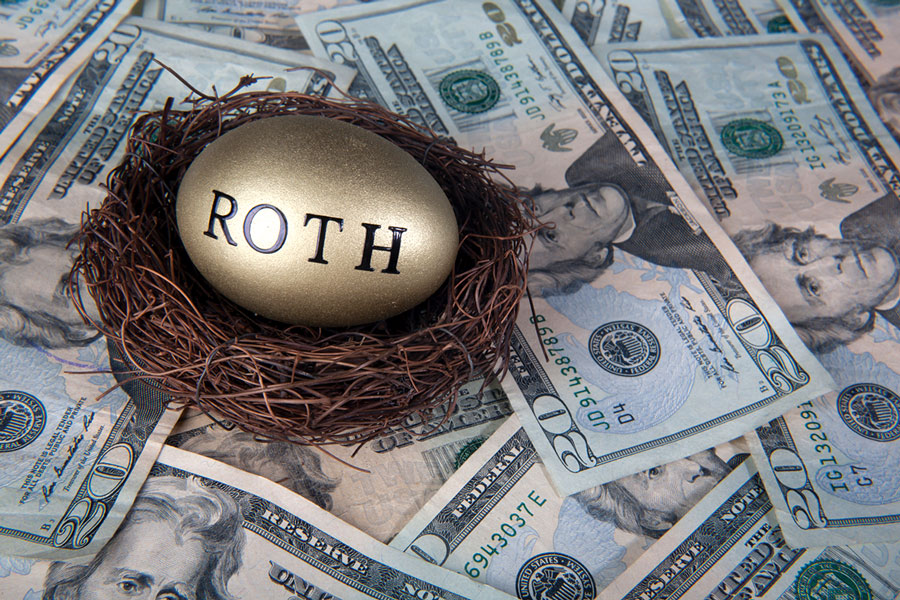The new tax law ended Roth recharacterizations, effective for conversions done in 2018 and later years. However, there is still a window of opportunity to reverse 2017 Roth conversions. But that window is closing quickly: The last day to recharacterize a 2017 Roth conversion will be Oct. 15.
This leaves a short time to contact clients who converted in 2017 and see whether a recharacterization may be warranted. A Roth recharacterization reverses the conversion as if it never happened. The transfer must be as a direct transfer from the Roth IRA to a traditional IRA. Funds that are recharacterized can be reconverted as a 2018 conversion (after waiting more than 30 days).
The recharacterization can be done even if the 2017 tax return has already been filed and the conversion tax was paid. In that case, an amended tax return will need to be filed showing the reversal of the conversion and claiming the related tax refund, plus interest.
If the 2017 return has not yet been filed, the recharacterization can be incorporated into the 2017 tax return and no tax will be due on the 2017 Roth conversion. This would only be the case though if the entire Roth conversion was undone. It doesn't have to be. Partial recharacterizations can be done.
The first order of business, though, is to contact clients who converted in 2017 and evaluate whether all or any part of that conversion should be reversed.
Just because you can undo the conversion and remove the tax liability doesn't mean you should. The point is to have the conversation now.
Some factors you want to look at are:
Earnings
If the converted funds have enjoyed a significant appreciation, then leave it alone. Those are all tax-free gains in the Roth IRA. You wouldn't want to move those gains back to a taxable account. If there were losses, then the conversion should be undone.
2017 Tax Rate
How much tax was (or will be) paid on the converted funds? Even though for many the new tax law lowers the tax rates, look at the actual 2017 tax liability. It could be that the 2017 tax on the converted funds was very low. That might be the case if there were substantial tax deductions or losses, or simply lower income (maybe from retiring or leaving a job). Then it would probably pay to keep that low-cost Roth conversion.
(More: Can inherited IRAs be split in a divorce?)
Projected 2018 Tax Rate
If there were no significant gains or losses on the 2017 converted funds, then take a look at how the 2017 rates will compare to the projected 2018 tax rates. Besides lower tax rates, see if the tax cost of a 2018 conversion can be further reduced by any losses or deductions in 2018.
Also compare which year would be best for including Roth conversion income. For example, let's say a small business owner may be near the income threshold amount of qualifying for the new 20% deduction for qualifying business income. A 2017 Roth conversion would not have affected that, but a 2018 conversion would. Look at other income items that would be affected by a Roth conversion and compare the tax effects of keeping the conversion in 2017 or converting in 2018.
Age
For anyone who will turn age 70½ in 2018, it might pay to keep that 2017 Roth conversion (again, depending on the tax bill and earnings on the converted funds), because converting from an IRA to a Roth IRA after age 70 ½ becomes a little more complicated as a result of required minimum distributions. Those RMDs cannot be converted, so they would first have to be taken, and only then can any remaining IRA funds be converted. That might prove too expensive compared to the tax cost of the 2017 conversion.
The key evaluation point here is to compare the tax spread between this year and last year before making the decision. Don't delay in notifying clients of this last chance to act.
(More: Are Roth conversions after 70½ advisable? 5 factors to consider)
Ed Slott, a certified public accountant, created the IRA Leadership Program and Ed Slott's Elite IRA Advisor Group. He can be reached at irahelp.com.







